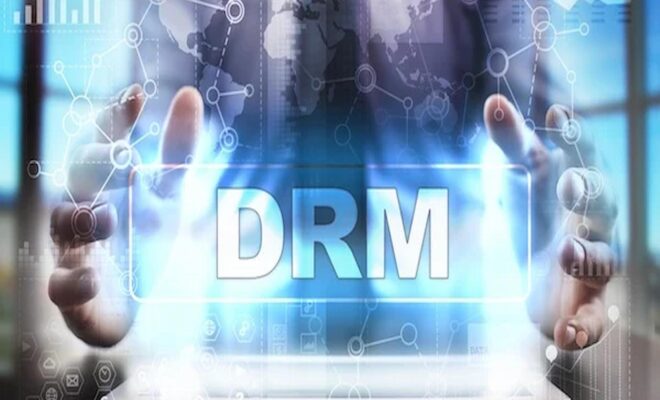Know The Ins And Outs Of DRM

The abbreviation “DRM” stands for “digital rights management,” and it refers to a technology that enforces copyright licences, user limitations, and device controls by utilising a mix of hardware and software characteristics. It is applicable to both software and content, such as the video files that are found on streaming and over-the-top (OTT) services.
Hollywood studios’ primary concern these days is preventing unauthorised access to their content as well as piracy as a direct result of the meteoric rise in popularity of video streaming websites such as Netflix and Amazon Prime. Because it is so prohibitively expensive to produce and acquire material of the highest quality, major studios simply cannot afford to let cash slip through their fingers. They would rather fill revenue shortfalls by deploying a multi DRM solution, even if this will incur more costs on their part.
Google, Apple, and Microsoft are the industry leaders in offering digital rights management (DRM) licences for content to a wide variety of video and movie creators all over the world. To access streaming material, end consumers utilise a wide variety of computer devices and web browsers, which are covered by these companies’ products.
Because there are many different components involved in securely encrypting and decrypting the content, a multi-DRM method necessitates the utilisation of a workflow that is particularly complicated. The live or VOD source, which supplies the video stream or file, is at the input end of the workflow. At the output end of the workflow is the user device, which plays the video file. This user device could be a mobile device, a desktop browser, a gaming console, or any other type of device. The encoding process, which pings any of the DRM provider servers (such as Google Widevine, Apple FairPlay, or Microsoft PlayReady) to obtain the relevant DRM licence key, a content delivery network (CDN), and a content decryption module that resides in the user device, can be found in between these two ends.
A multi-DRM service repeatedly makes server calls to all of the components for user authentication, which is especially important if the content is being played on multiple devices with the same subscriber ID. Additionally, the multi-DRM service decrypts chunks of the video files in order to ensure that the entire thing is never vulnerable to an attempt at hacking. A multi-DRM software as a service (SaaS) helps to simplify this process on both the technological and the business levels. On the technological level, it does this by developing a streamlined and automated workflow that begins with the input file and continues all the way to the user’s device. On the business level, it does this by providing pay-as-you-go subscription plans to content studios and producers. Some cloud-based services that support multiple DRM systems also offer their own own DRM system.
The use of a good multi-DRM service should relieve content creators and OTT platforms of the majority of their concerns over the security of their content, freeing them up to focus on other aspects of their businesses, such as the generation of money.














